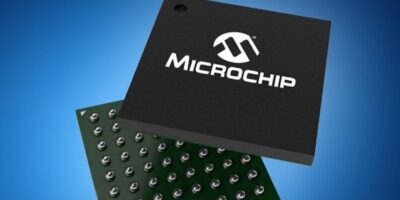Arm has released the Mali-C52 and Mali-C32 image signal processors (ISPs). They are claimed to provide class-leading image quality, a complete software package, and full set of calibration and tuning tools and bring a higher image quality to a range of everyday devices including drones, smart home assistants and security, and internet protocol (IP) cameras
Based on Arm Iridix technology, the ISPs apply over 25 processing steps to each pixel, three of which – high-dynamic range (HDR), noise reduction and colour management -deliver key differentiation in terms of image output quality, says Arm.
By incorporating Arm’s market-leading Iridix technology and algorithms for noise and colour management, the Mali-C52 and Mali-C32 ISPs efficiently deliver all three at high resolution and in real-time (e.g. 4k resolution at 60 frames per second).
The company estimates that demand for IoT devices with embedded vision capabilities are among the highest across connected devices. For example, the security (surveillance) and IP camera market is expected to see an annual growth rate of 20 per cent through to 2021, reaching over 500 million shipped units. Personal robots are growing at a year on year rate of 75 per cent, and are expected to reach two million units shipped in 2021. Similarly, the smart home market is growing at 14 per cent year on year, to realise 88 million in 2021, while other devices like drones, augmented reality (AR)/ mixed reality (MR) equipment and action cameras are being widely adopted.
The Arm Mali-C52 and Mali-C32 ISPs both have Arm’s dynamic range management and tone mapping technology, to enable viewers to see enhanced shadows, without touching or changing the highlights of the image.
The Mali-C52 can be configured to optimise image quality or area. Arm’s silicon partners can use the same IP and software across a range of products and use cases. The Mali-C32 is optimised specifically for area in lower-power, cost-sensitive embedded vision devices such as entry-level access control or hobby drones.
Both ISPs are include the hardware IP along with ISP software drivers, including the 3A libraries (auto-exposure, auto-white balance, auto-focus) and the calibration and tuning tools. They feature Iridix technology, designed to deliver a precise model of human retina contrast adaption, enabling cameras to see like the human eye. They can process 600 megapixels per second, which is essentially professional photography quality (e.g. DSLR) at premium smartphone-level frame rates, says Arm.
A software package for controlling the ISP, sensor, auto-white balance, auto-focus and auto-exposure is included. Both bare metal and Linux (Video4Linux framework – v4L2) software are provided.







